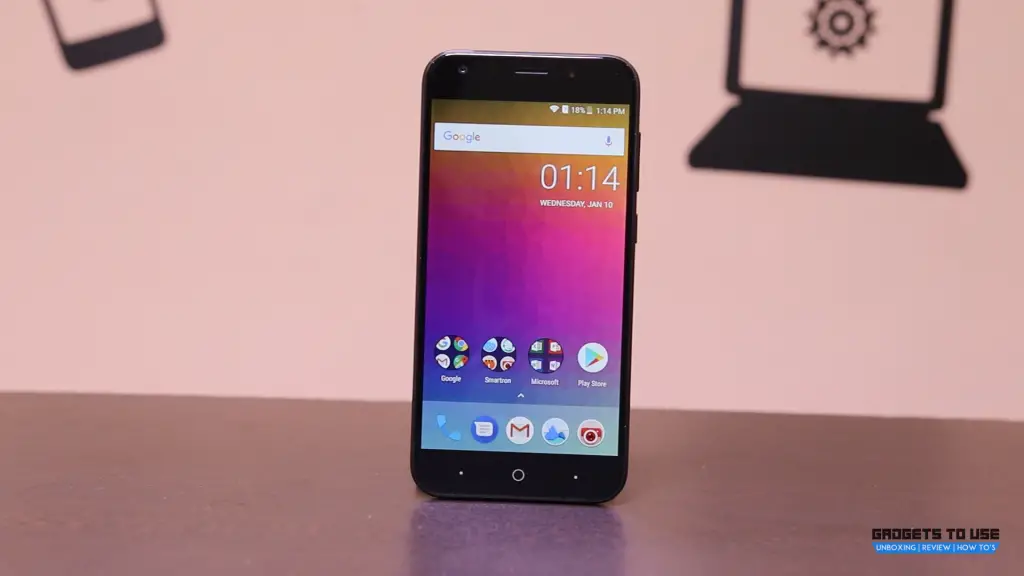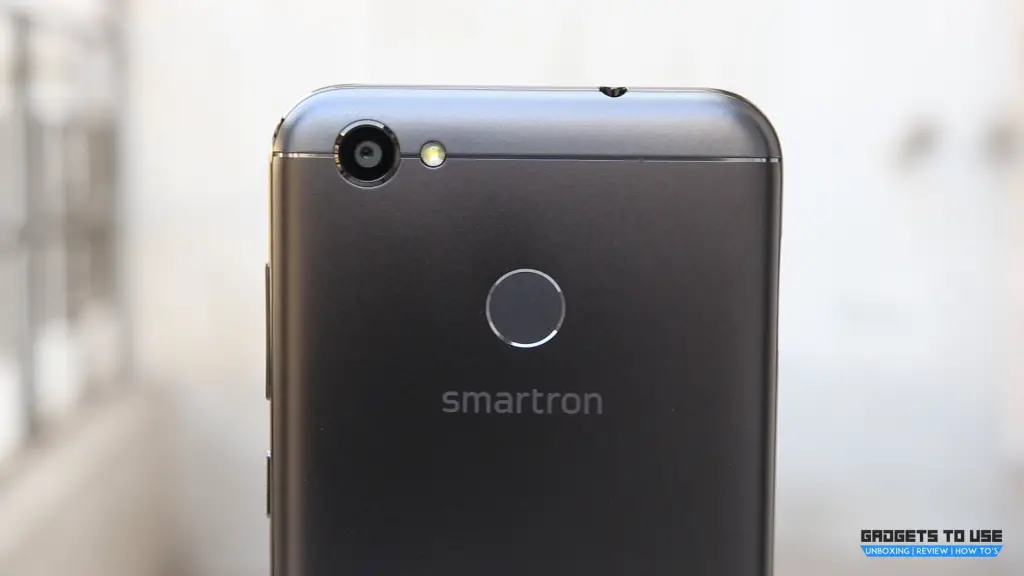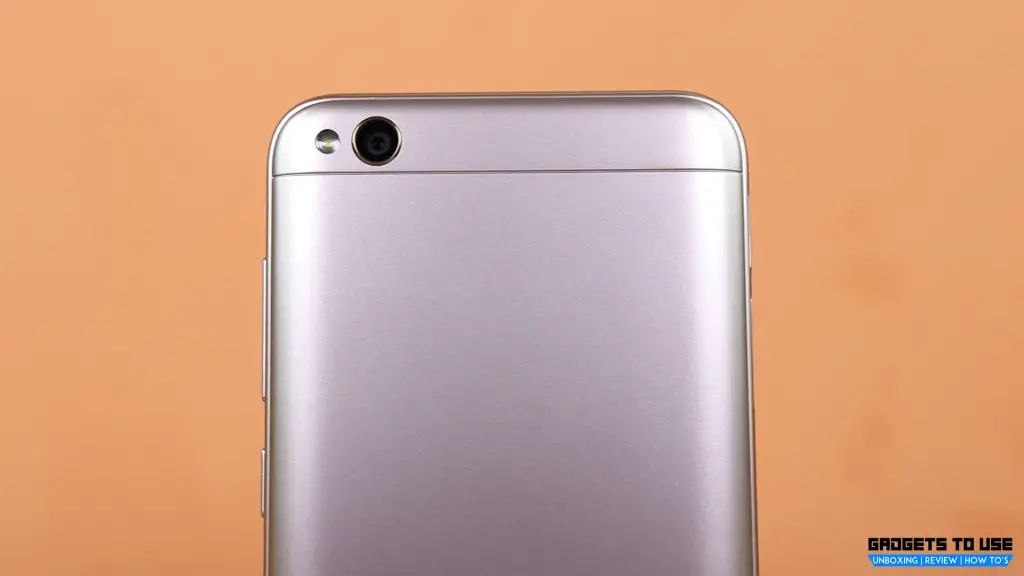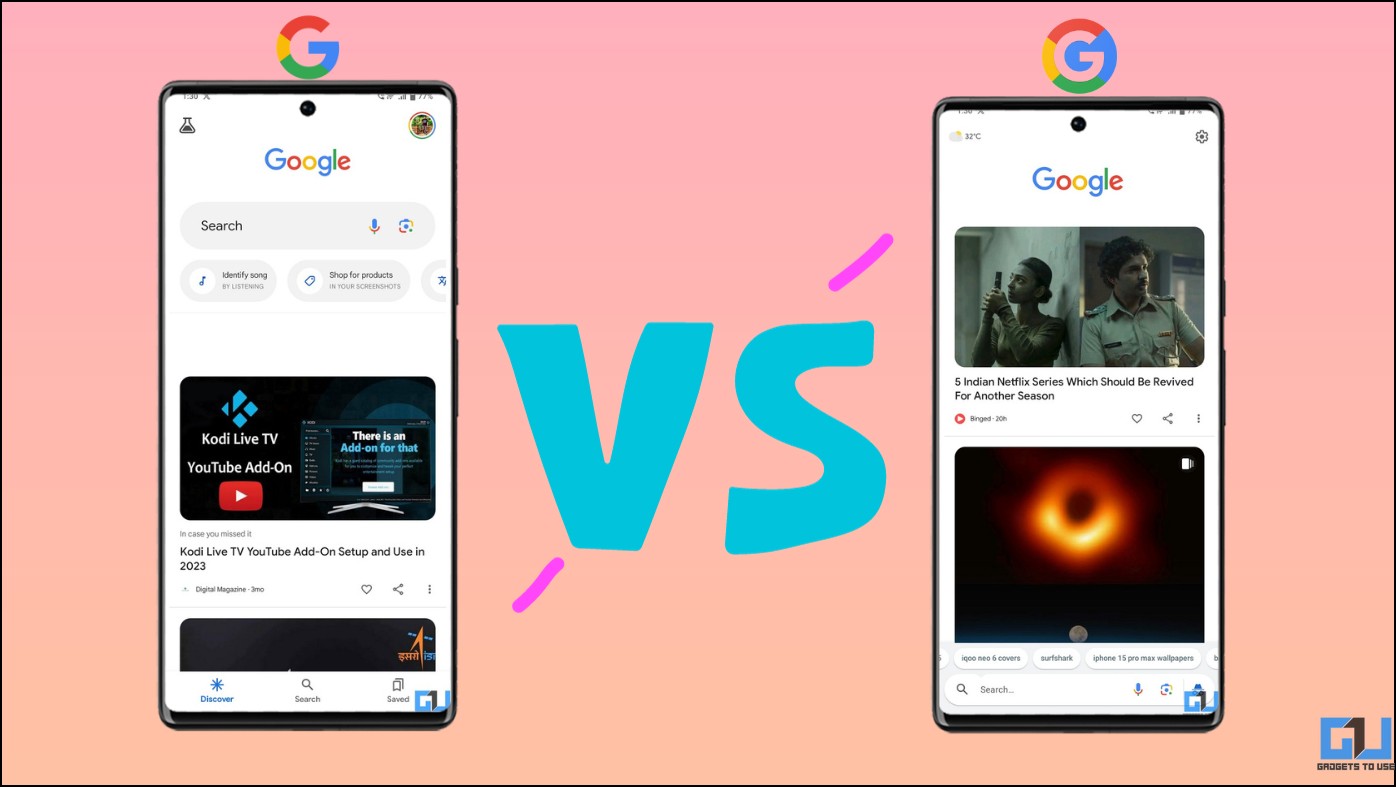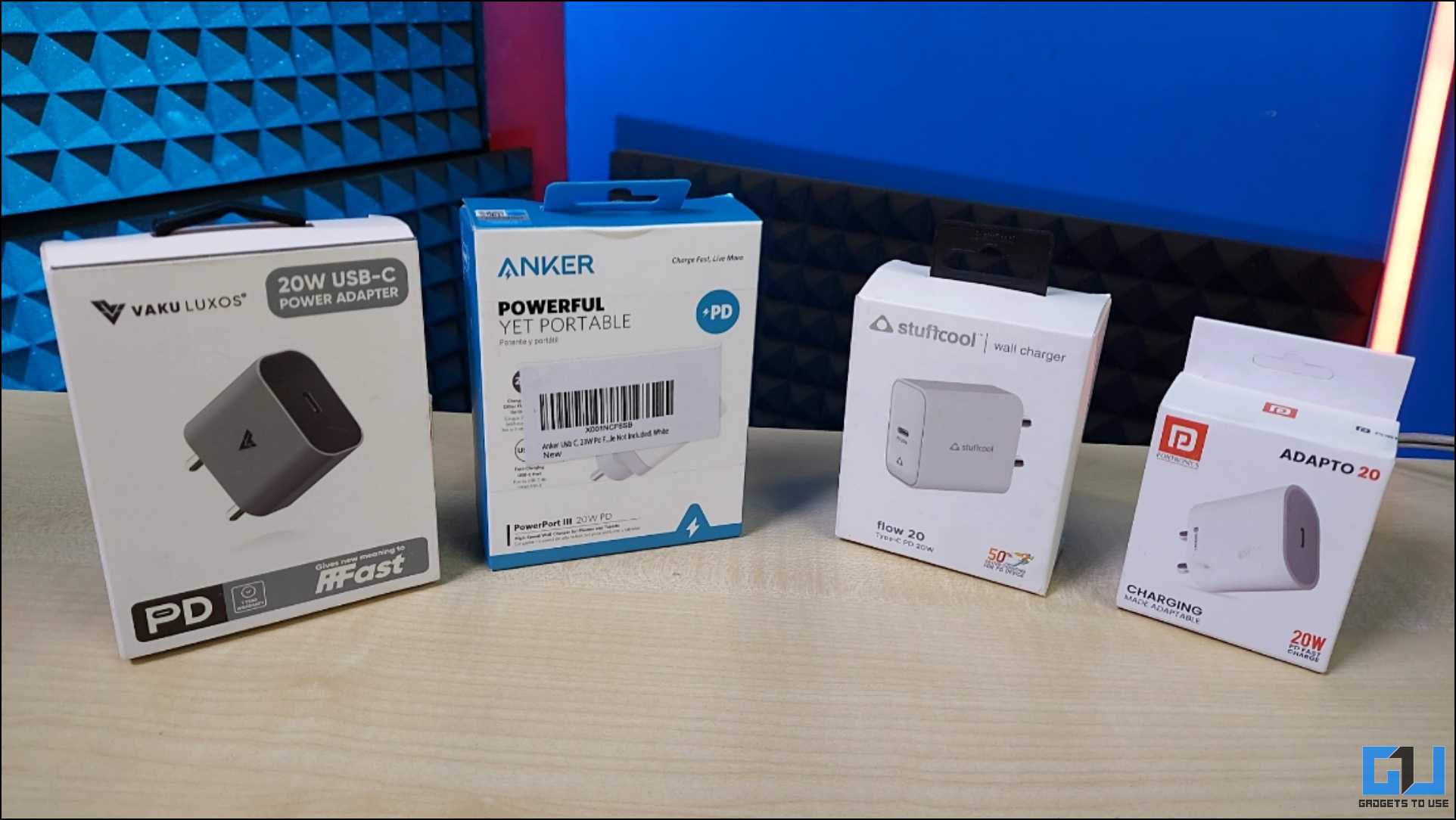Xiaomi is leading in Indian budget segment market with its recently released Redmi 5A which comes with a metal unibody design and good specifications at a low price. Smartron recently released a new smartphone in the budget segment, the tphone P which comes with the latest hardware in budget segment and is priced at Rs. 7,999.
Let’s compare both the smartphones and see which one gives better value for your money.
Smartron tphone P vs Xiaomi Redmi 5A
| Key Specs | Smartron tphone P | Redmi 5A |
| Display | 5.2-inch IPS LCD | 5-inch IPS LCD |
| Screen Resolution | HD, 1280 x 720 pixels | HD, 1280 x 720 pixels |
| Operating System | Android 7.1.1 Nougat | Android 7.1.1 Nougat with MIUI 9 |
| Processor | Octa-core | Quad-core |
| Chipset | Snapdragon 435 | Snapdragon 425 |
| GPU | Adreno 505 | Adreno 308 |
| RAM | 3GB | 2GB/3GB |
| Internal Storage | 32GB | 16GB/32GB |
| Expandable Storage | Yes | Yes, up to 128GB |
| Primary Camera | 13MP, autofocus, LED flash | 13MP, ƒ/2.2 aperture, LED flash, HDR |
| Secondary Camera | 5MP | 5MP, ƒ/2.0 aperture |
| Video Recording | 1080p@30fps | 1080p@30fps |
| Fingerprint Sensor | Yes | No |
| Battery | 5,000 mAh | 3,000 mAh |
| 4G VoLTE | Yes | Yes |
| Sim Card Type | Dual SIM (Nano-SIM, Hybrid Slot) | Dual SIM (Nano-SIM) |
| Price | Rs. 7,999 | 2GB/16GB- Rs. 4,999
3GB/32GB- Rs. 6,999 |
Design and Display
Both the smartphones look pretty much similar, and the form factor is also not very different from one other. The Smartron tphone P comes with a minimal design with 5.2 inches HD display on the front and capacitive navigation buttons and a selfie flash. The fingerprint sensor is rear mounted, and the loudspeaker is placed towards the bottom edge. The tphone P comes in only one color variant which is black color with matte finish.
The Xiaomi Redmi 5A also comes with a simple metal unibody design, but is offered in four color variants – Gold, Dark Gray, Rose Gold and Blue. The front panel holds the 5 inches HD display with capacitive navigation keys. The fingerprint sensor, the loudspeaker, and the camera module are placed on the rear.
Camera
The Smartron tphone P comes with a 13MP rear camera with an LED flash. It comes with features like HDR mode, manual mode, panorama, beautify and time lapse. The rear camera is capable of shooting 1080p videos at 30 frames per second. The front-facing camera is a 5MP sensor and comes with beauty mode.
Xiaomi Redmi 5A comes with a 13MP rear camera with f/2.2 aperture size, phase detection autofocus and LED flash. The camera can shoot 1080p FHD videos at 30 frames per second. It comes with 5MP front-facing camera with f/2.0 aperture size for selfies in low light condition.
Performance and Battery
The Smartron tphone P comes with an octa-core Qualcomm Snapdragon 435 processor which is the latest chipset Qualcomm made for budget series. Additionally, it comes with 3GB RAM and 32GB internal storage which is expandable up to 128GB via microSD card. The tphone P features a 5000mAh battery which can give you a full day charge in 90 minutes – Smartron claims that the phone can last for almost 2 days on a single full charge.
The Xiaomi Redmi 5A comes with a less powerful quad-core Qualcomm Snapdragon 425 processor with up to 3GB RAM and 32GB internal storage, it is expandable up to 128GB via microSD card. The smartphone comes with MIUI 9 which is based on Android 7.1 Nougat. The battery in this smartphone is 3000 mAh which should be adequate for a day’s worth of usage.
Conclusion
In terms of design and build quality, both the tphone P and the Redmi 5A are neck to neck with impressive quality. Overall, the Smartron tphone P is better in terms of hardware and performance – the Snapdragon 435 processor is more powerful than the Snapdragon 425. On the whole, the tphone P is a good choice, especially since it comes with near-stock Android 7.1.2 Nougat out of the box, which should help in terms of overall fluidity and speed of updates.
